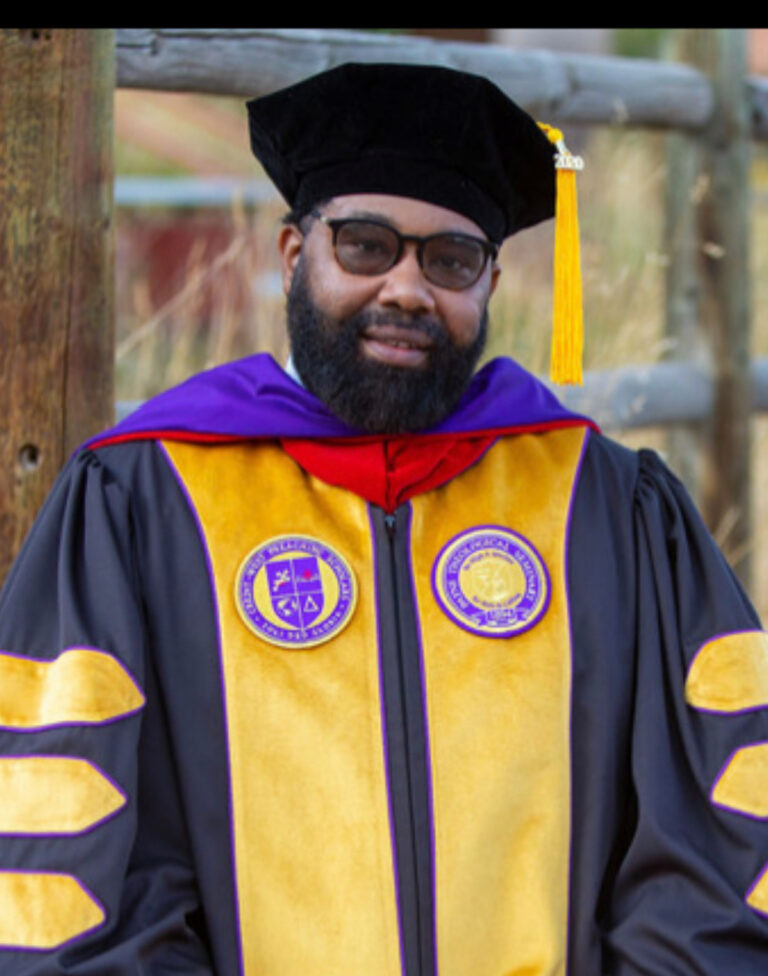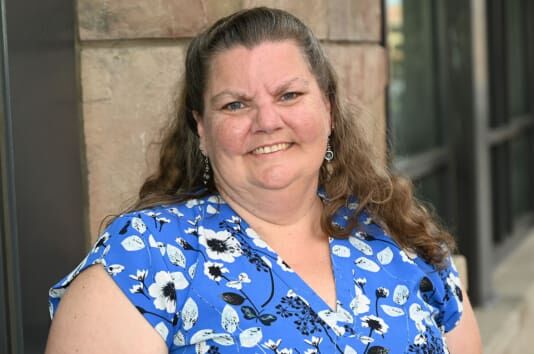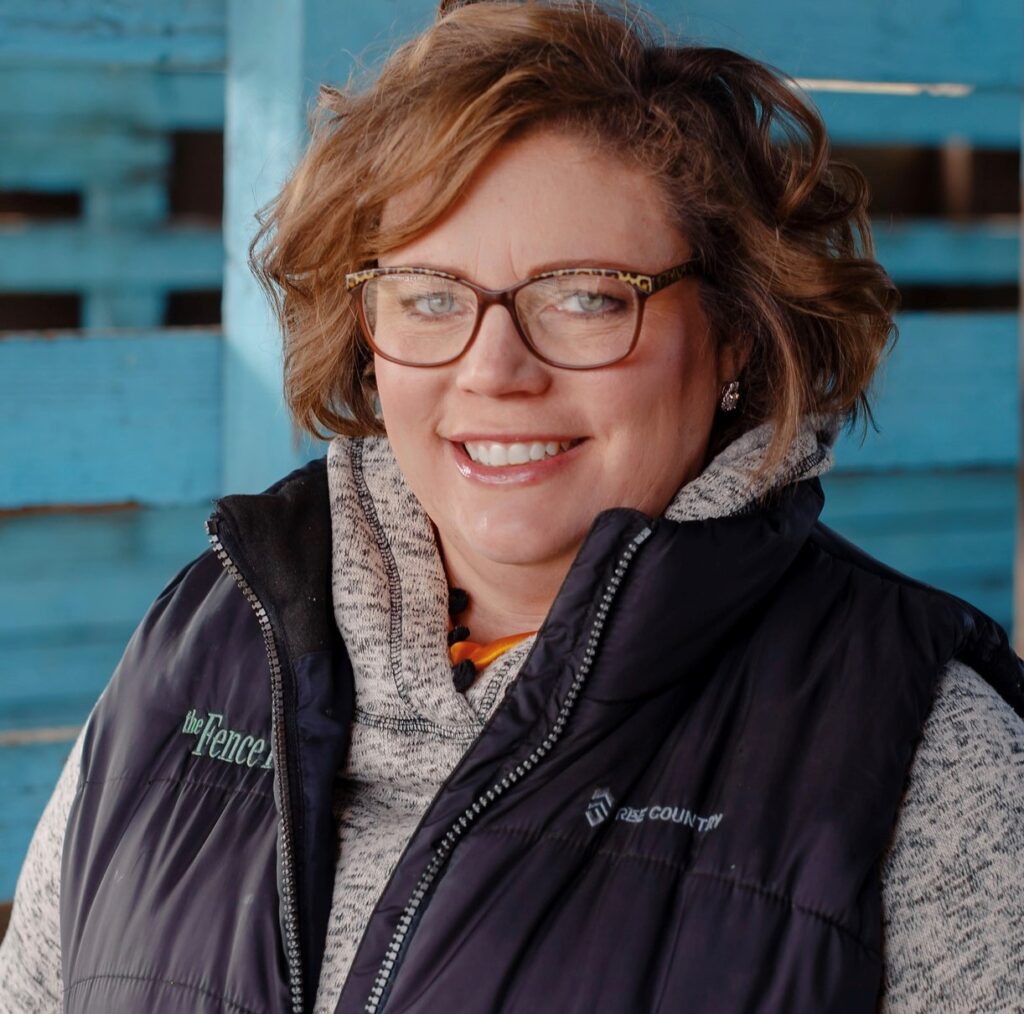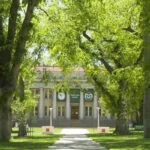Soft ‘separate but equal’ subverts success of charter schools | NOONAN
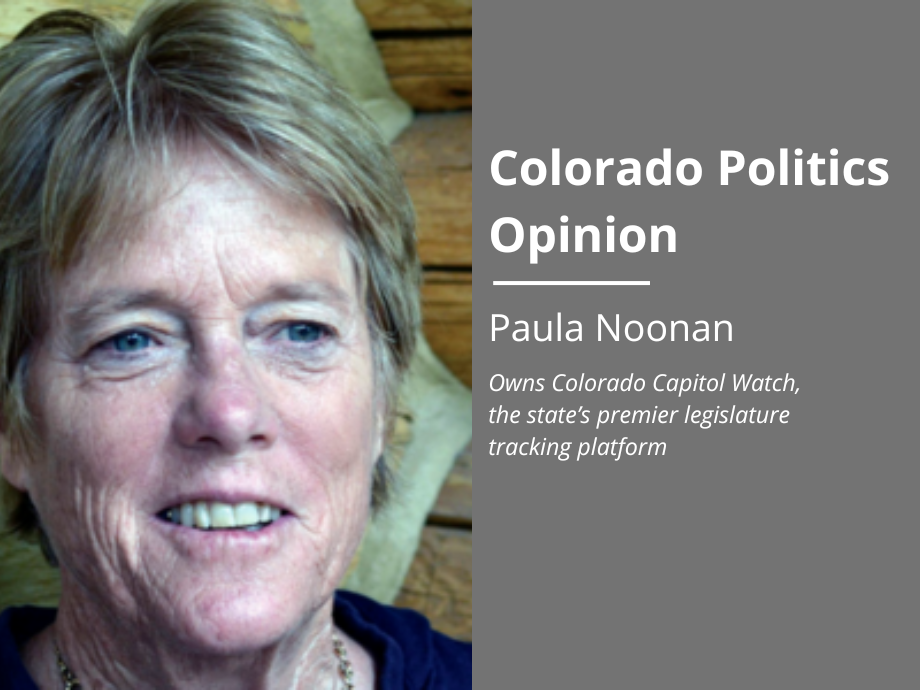

Fifty years ago, the Denver Public Schools’ de-segregation litigation known as the Keyes decision finally came to a conclusion. Denver Public Schools, the federal district court decided (and the U.S. Supreme Court agreed), segregated its schools particularly in northeast Denver where Black and White populations lived on either side of Colorado Boulevard between roughly Colfax and Park Hill Golf Course, now closed.
At the time, the district set up boundaries that disproportionately sent Black students to elementary, junior and senior high schools with large majority Black student populations and sent White students to schools disproportionately White. The danger of crossing Colorado Boulevard was used as the excuse to keep Blacks on the west side of the street and Whites on the east side.
When a new elementary school had to be built to relieve crowding on the White side of Colorado Blvd., the district managed to maneuver the boundaries to continue segregation. Rachel Noel, who can only be seen as a hero of the time, won a seat on the Denver school board. She introduced what would be referred to as the Noel Resolution that set up the requirement for DPS to de-segregate its schools.
Stay up to speed: Sign up for daily opinion in your inbox Monday-Friday
When Noel’s majority lost the next school board election, the Noel Resolution was withdrawn. The Keyes case was then initiated by a Black family whose daughter was sent to an under-resourced majority-Black elementary school when her parents wanted her to go to a majority-White elementary school that had better facilities and more advanced programs. The lawsuit launched the district into 20 years of de-segregation policy, including busing, to integrate its schools. Threats and fire bombings of plaintiffs’ homes, plaintiffs’ lawyers and their homes, the judge on the case and Denver Public Schools’ facilities followed.
Before Keyes, Denver Public Schools’ population was about 70% White. Today, the population in DPS is 25.5% White, 52% Latina/o, 13.4% Black, 3% Asian and 1% American Indian and Hawaiian native. Meanwhile, the city is 66% White, 29% Latino/a, 9% Black and 4% Asian/American Indian/Hawaiian native.
This legal and civil rights history came forward in a recent forum at re-imagined Manual High School to examine the impact of the Keyes decision on DPS and to explore what’s different today. Certainly, the population distribution has changed. The issues of segregation have not.
Today’s Denver Public School district represents the impact of “education reform” and school choice on the system. Back in the 1960s, neighborhood schools were the much-preferred choice for most parents according to polling conducted at the time. Even so, DPS had what it called a Limited Enrollment Option that allowed parents in certain boundary areas to place their children in different boundary areas.
Mostly this policy allowed White students in minority-majority boundaries to attend majority-White schools. The court found that this policy and residential zones in Denver created de facto segregation and de jure unequal schools. Denver’s treatment of minorities was so egregious the court found DPS didn’t even meet the low bar of Plessy v. Ferguson, the 1896 separate but equal case, yet alone the higher bar of 1954’s Brown v. Board of Education of Topeka.
Today’s Denver schools are known for expansive “choice” and its well-developed charter school system encouraged, to a large extent, by former superintendents Michael Bennet and Tom Boasberg. DPS is now in its open-enrollment period. Some publications have excoriated DPS for how it represents schools on its website. These “ed reformers” want the district to supply not just basic information on schools such as their location, demographics, etc., but also their standardized test scores and other data that some use to declare schools “good” or “bad.”
These demands reflect the mission of “education reformers” who see standardized test scores as the principal criterion for parents in their choice of schools. Unfortunately, these scores in Denver, as in most of the nation, reflect family income, racial and ethnic heritage, English-language fluency and lack of state investment in public schools. A quick look at standardized test data in DPS as exemplified in the ultimate “choice” option, the charter school market, proves the point.
DPS has more than 50 charter schools distributed primarily in locations with high numbers of Latino/a and Black populations. Denver’s charters serve on average 65% of students on free/reduced lunch (FRL) according to the Colorado Department of Education.
Denver’s charters educate 2,433 White students. Almost 1,200 White students go to charter schools whose aggregated standardized test scores “meet performance” in the state’s rankings. Exactly 550 White students attend schools below the cutoff. The “high performing” charters have majority White student populations.
DPS charters also educate 10,996 Latina/o students with 5,846 in schools that “meet performance” and 5,150 students in schools below “meets performance.” The three top performing charter schools, all middle schools, serve 45% or fewer students on FRL. The five “lowest performing” charter schools, all elementary schools, serve 68% or more of children on FRL. There are 1,192 Latina/o students, 416 Black students and 243 White students in these five low-performing charter elementary schools.
There’s significance to the fact the “lowest performing” schools are majority young Latino/as. These elementary schools will have the highest number of English-language learners forced to take CMAS standardized tests in English when their English is not proficient. These young students will also come from families with lower income than children in the “top” charters and will likely have more needs for housing, food, health care, mental health care and other social services. It’s impossible for schools serving these students to consistently achieve at high performance levels when these non-academic needs are not cared for.
If “education reformers” want public education to do better by our kids, they should turn their attention to the failure of separate but equal as a model for their charter schools. Separate but equal will never create equal opportunity. Rachel Noel, former DPS school board member and civil rights icon, understood how separate but equal subverts opportunity. We should too.
Paula Noonan owns Colorado Capitol Watch, the state’s premier legislature tracking platform.




